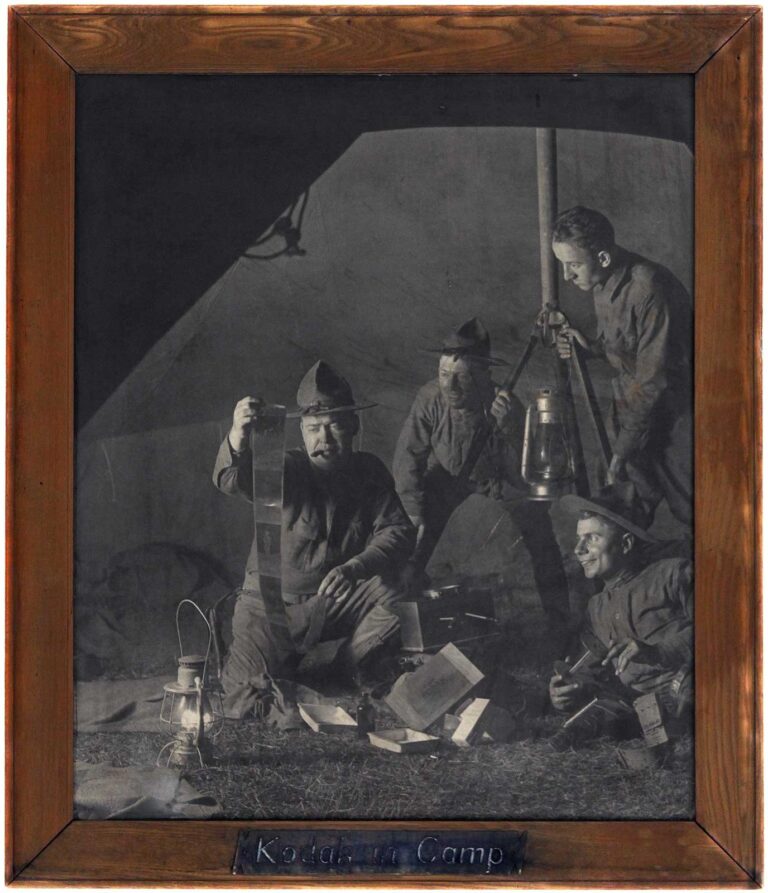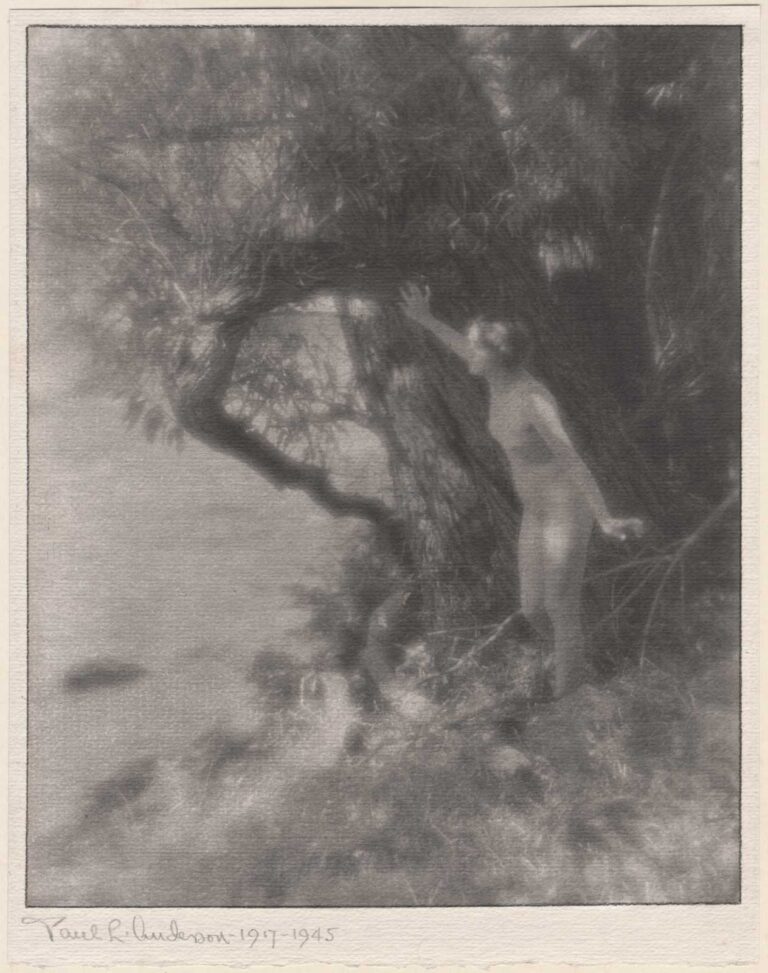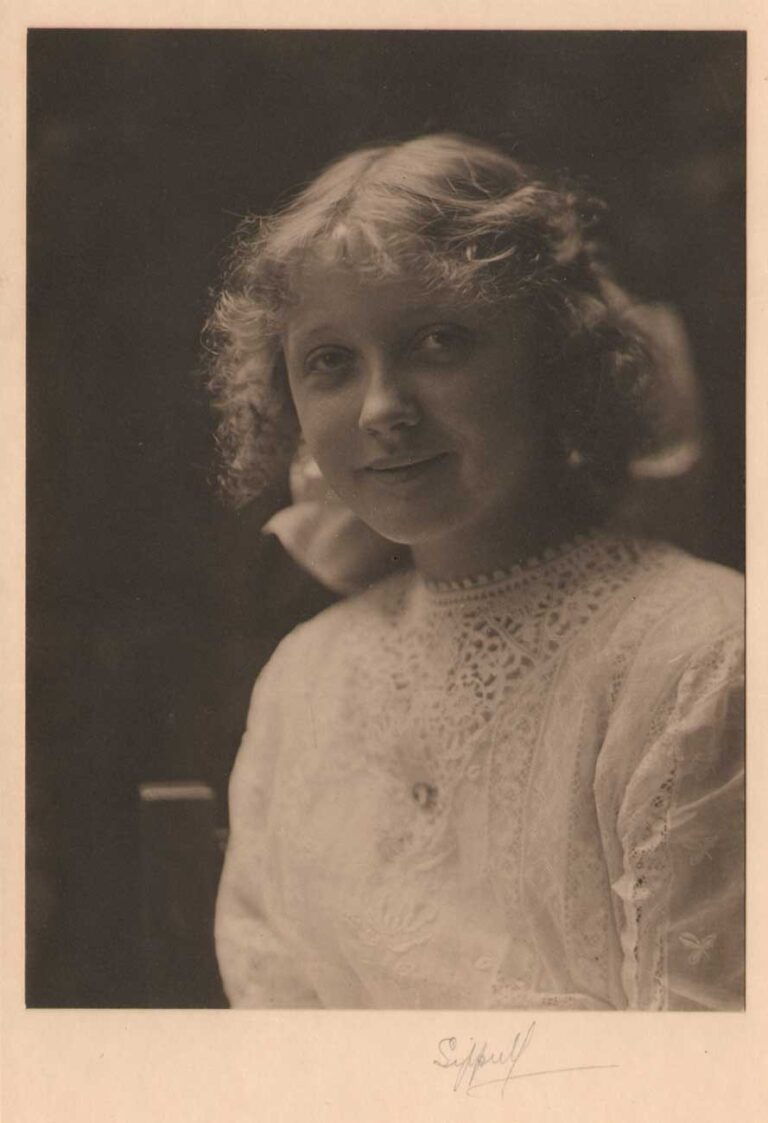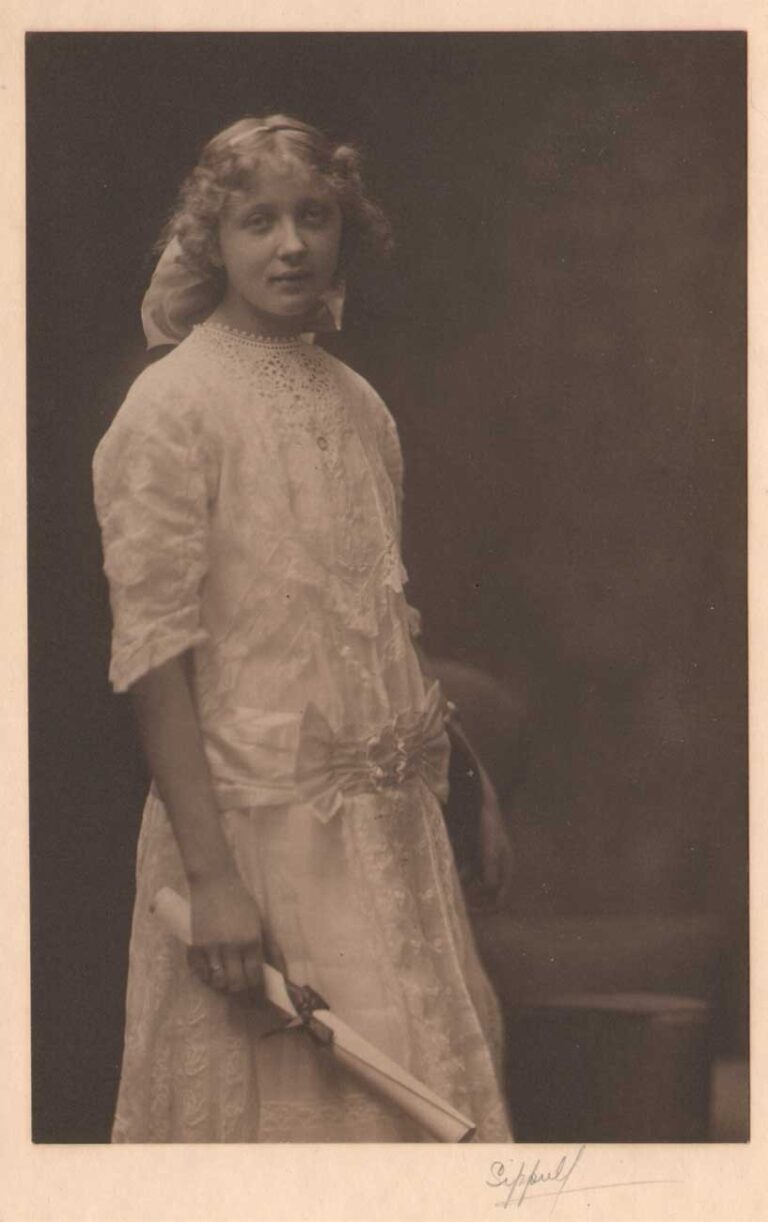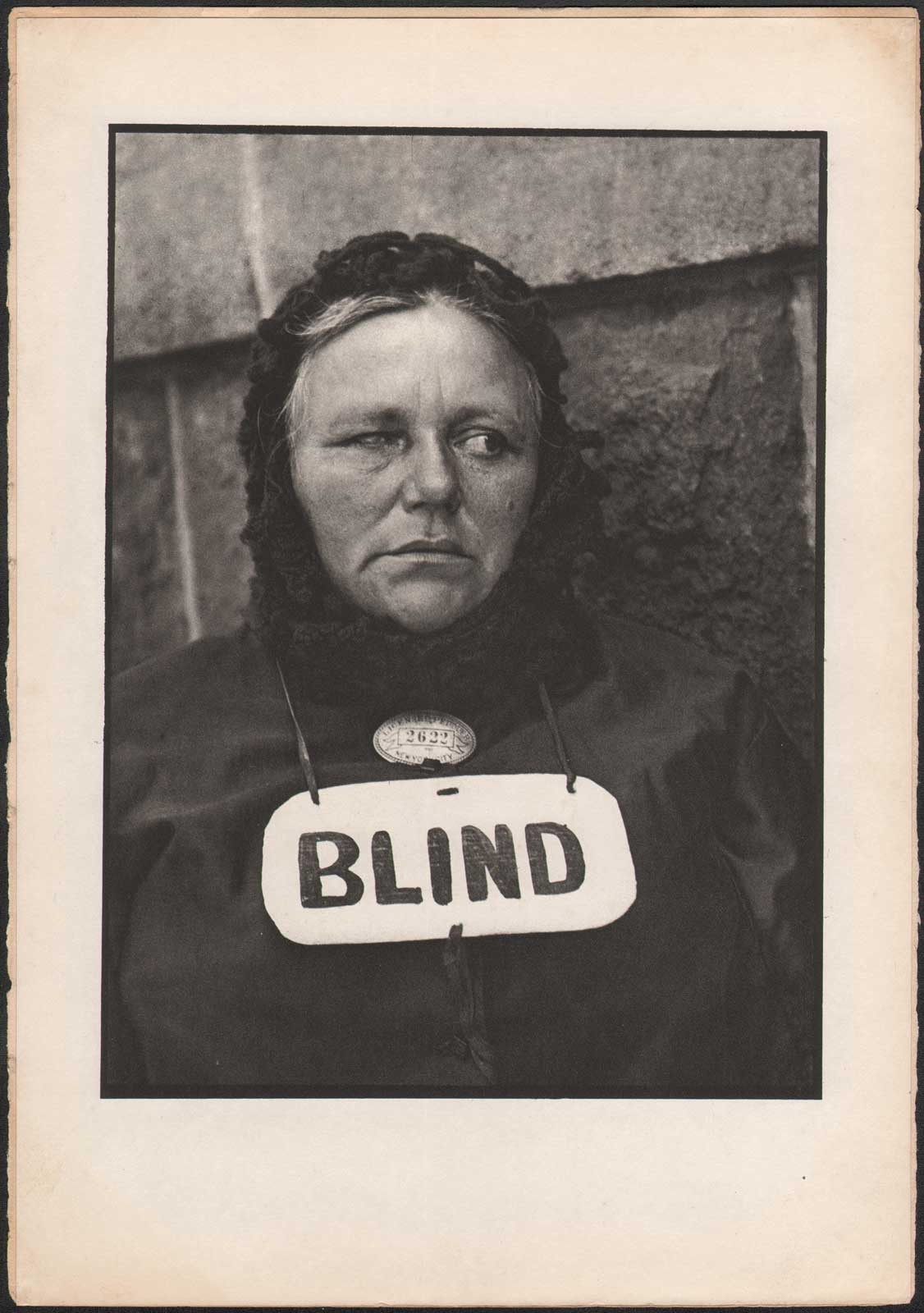
Photograph-New York
This iconic portrait of a blind woman, who has been issued a peddler’s license by the city, (seen above her sign) was taken by American photographer Paul Strand (1890-1976) with the aid of either a false or prism lens as part of a series of ground-breaking modernist photographs done on the streets of New York City in the Fall of 1916. Writing the same year it appeared in Camera Work, an essay on Photography for the journal The Seven Arts in August, 1917 concludes with the following observations by Strand-observations that could also certainly apply to the joyful diversity of human beings themselves, as in this case- womankind herself:
“The existence of a medium, after all, is its absolute justification, if as so many seem to think, it needs one, and all comparison of potentialities is useless and irrelevant. Whether a water-color is inferior to an oil, or whether a drawing, an etching, or a photograph is not as important as either, is inconsequent. To have to despise something else is a sign of impotence. Let us rather accept joyously and with gratitude everything through which the spirit of man seeks to an ever fuller and more intense self-realization.” (pp. 525-26)
print note: although not officially credited in Camera Work 49/50, The Manhatten Photogravure Company most likely printed this photogravure along with ten others for the issue directly from Strand’s 11×14″ negatives. As proof, this atelier is given due credit for the very first issuance of work by Strand in Camera Work 48: six gravures printed on Japan tissue. Additionally, they show an advertisement for their services in 49/50.
